HR as a strategic partner in talent management
Companies with strong leadership and well-worked strategies for talent development sell more and have higher turnover than those that have not come as far in the field. It shows a survey that boston consulting group has done among 1200 companies worldwide.
Talent management is about using strategic personnel planning to support the company's business value and thus enable the company to achieve its goals. This is done by predicting requirements for the workforce's competence and planning to meet changing strategic priorities from management.
Talent management is HR the department's way to succeed as a strategic partner
and translates changing strategies into new skills requirements and a workforce capable of producing according to the new requirements.
- Talent management is not only a process and a solution, but is supported by several subprocesses that need to be in place;
- Succession planning – ensures that no vacuum arises in the workforce in the event of changes in the organization.
- Compensation mechanisms – make sure you build a performance culture by rewarding your desired behaviour and efficiency, and keeping the best.
- Volume flexibility – the extent to which the workforce is set up in such a way that it can grow or decrease with the least possible negative impact on operations. What key roles must be obsessed with what competence?
- Profitability - Any business that intends to survive over time must ask itself whether all or part of its workforce can demonstrate an ROI on a par with the rest of its activities. It is HR 's task to refine and build up the human resources that the business manages to ensure an adequate ROI.
- Goals and goals – Ensure that individual goals reflect your business' strategic goals, as well as your nearest manager's goals. Make sure to create purpose-driven organization in line with your strategy.
- Active use of internal information and analysis of this – for example, correlation between sickness absence and turnover on the one hand and characteristics that can be linked to the workforce on the other.
- Active use of external information that can help predict future needs – Publicly available data, Statistics Norway, Trend analyses, Big Data
"HR is no longer expected to be just a support function with no impact on the bottom line, but a strategic contributor that can help take the company to new heights."
Implementation
Achieving this requires a proactive and strategic approach to HR, timely processes and, not least, digitization of processes.
The task of technology is to streamline the aforementioned processes, and there is a huge offer of products and solutions that do just that. Implementing such support systems based on best practice is something suppliers can deliver without cost overruns or delays due to the supplier's delivery. Those who succeed are the ones who are open to optimizing their own processes in new systems that carry the digitized processes.
What you will be able to face from challenges is the change management in the receiving organization, interfaces with other systems and processes that already do not fit with the new system. One question one should ask before getting started is whether the organization has sufficient change capacity to review the introduction of new processes and systems.
Want to talk to us more about talent management?
Feel free to contact Bernhard Rikardsen.


